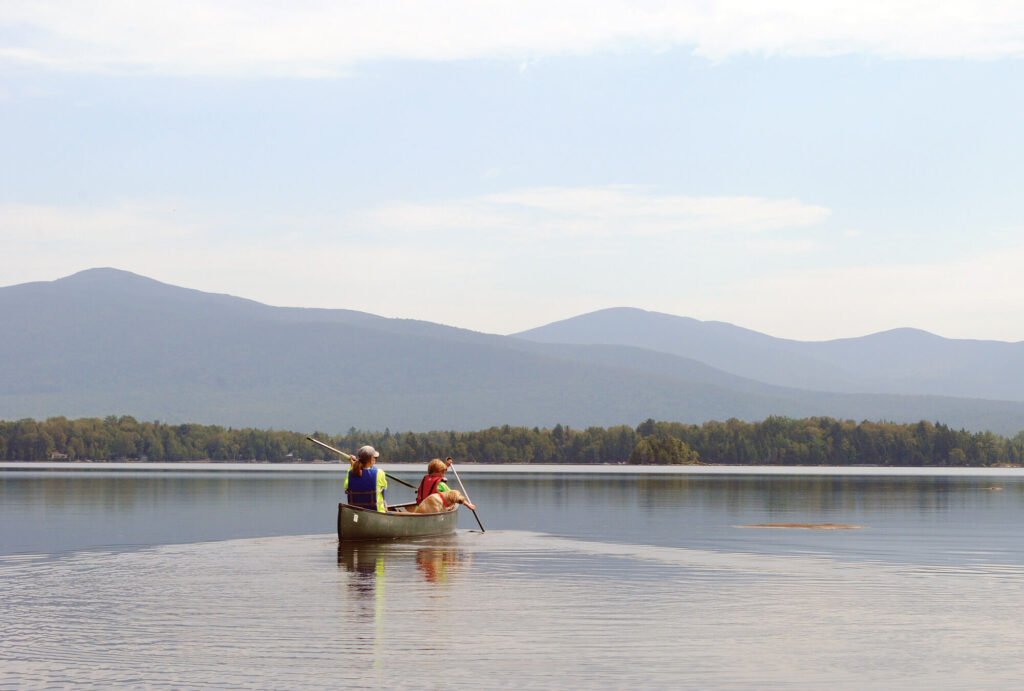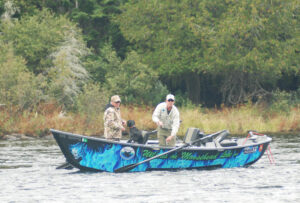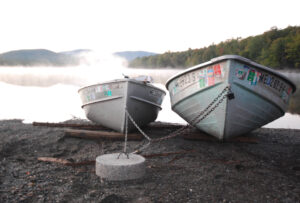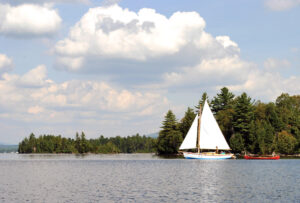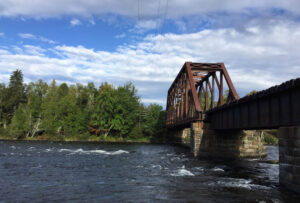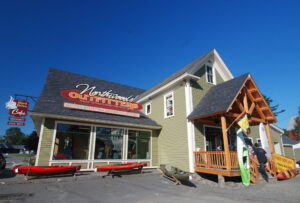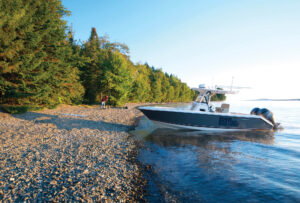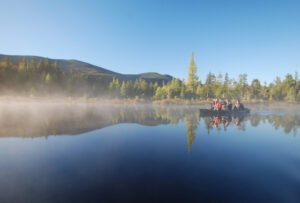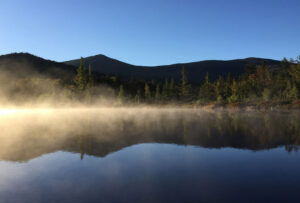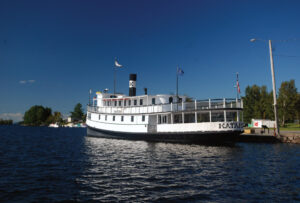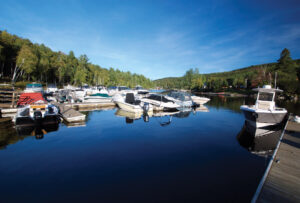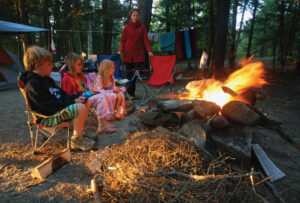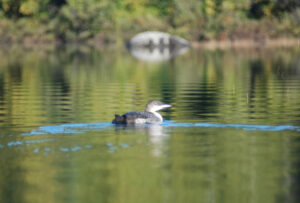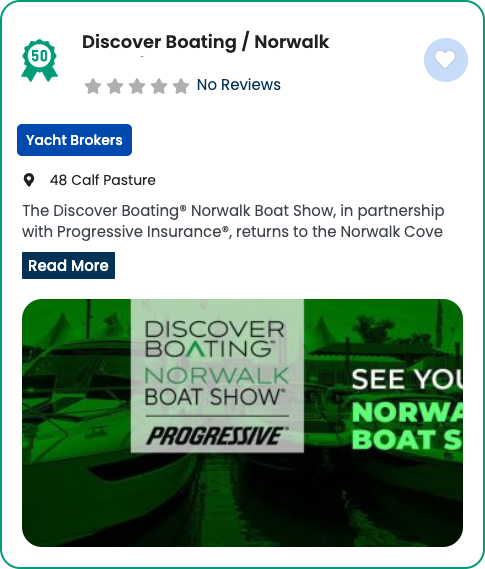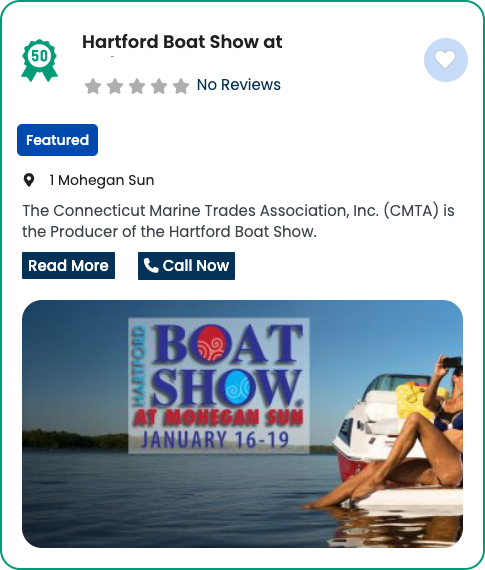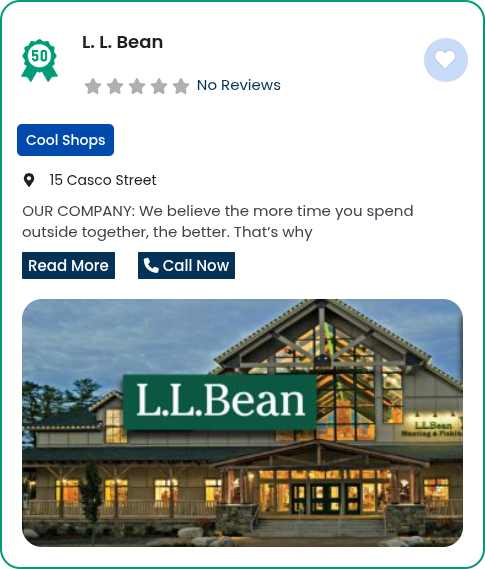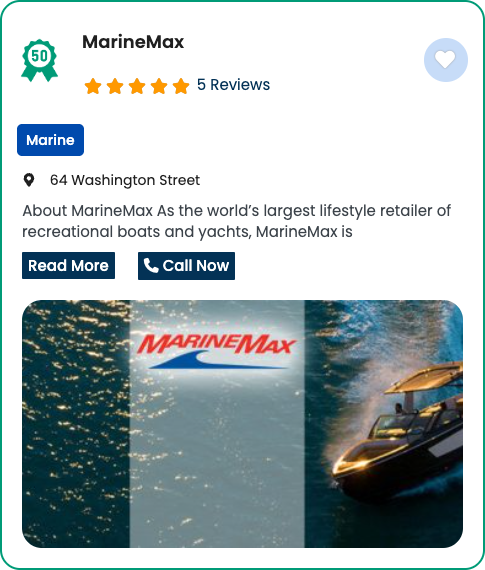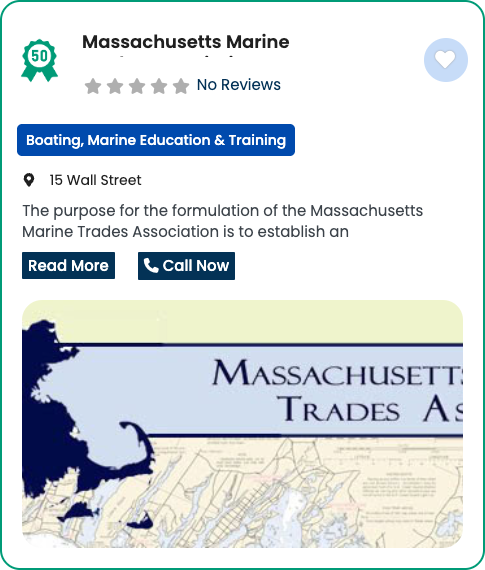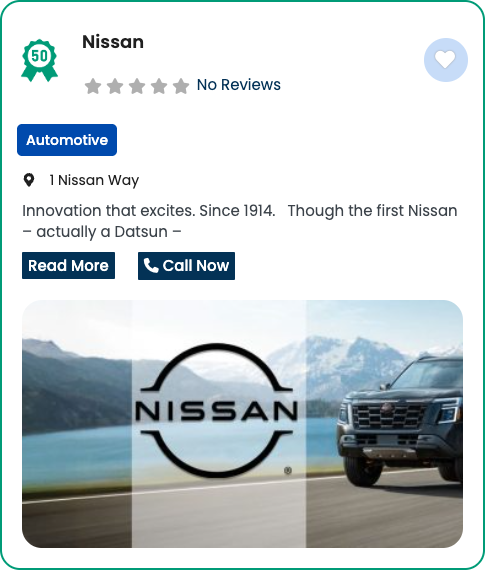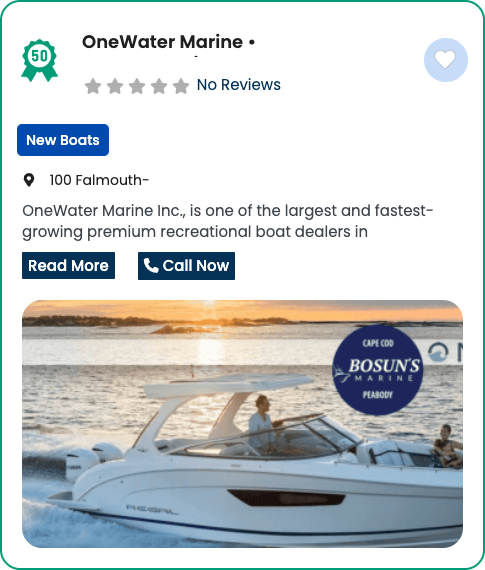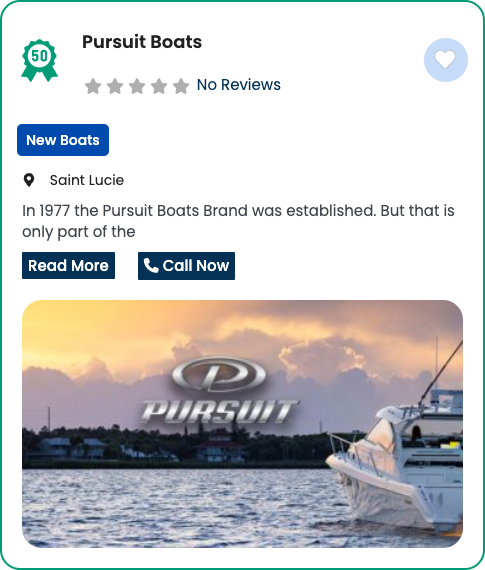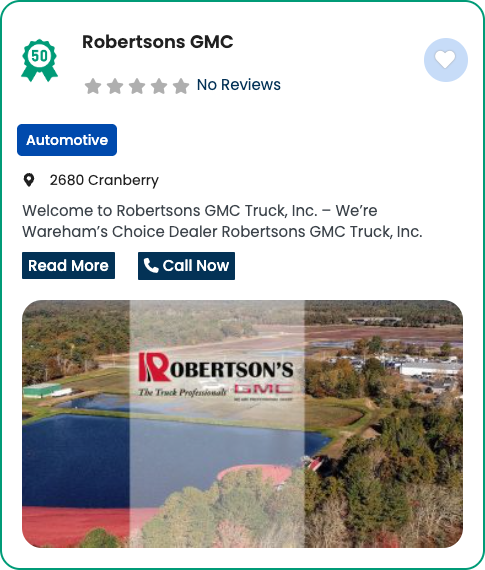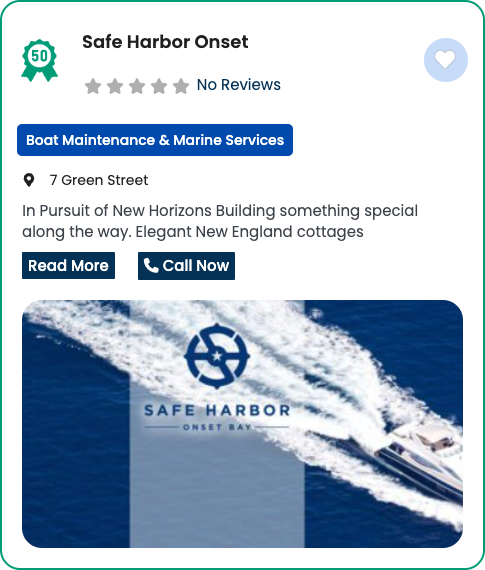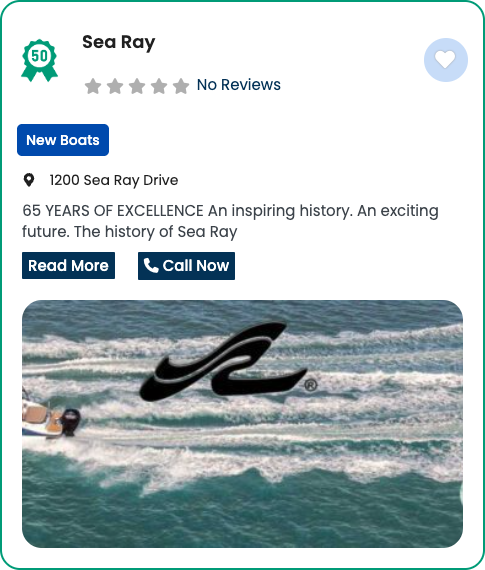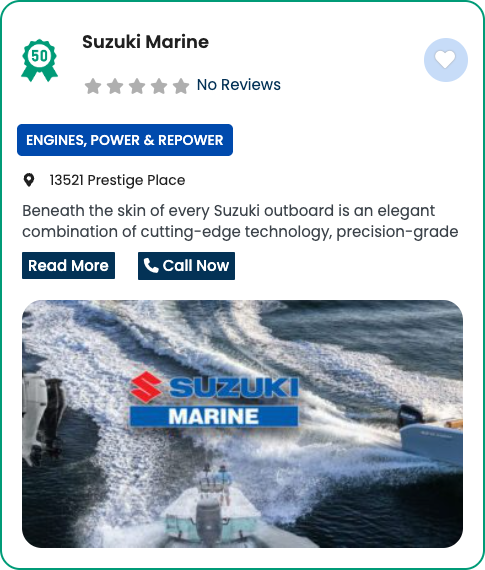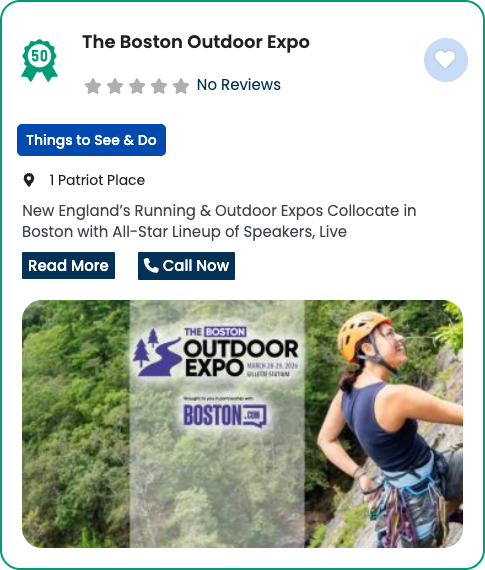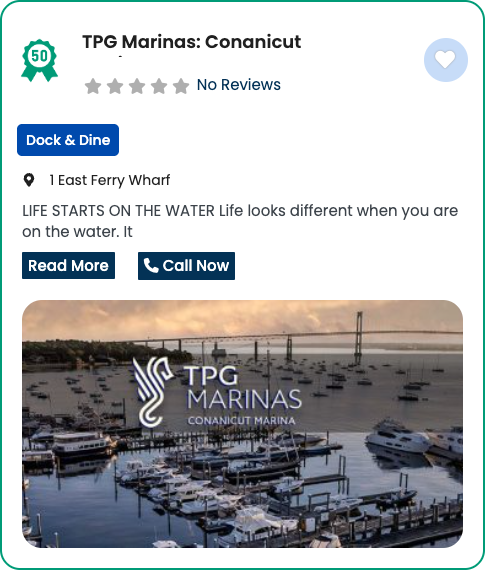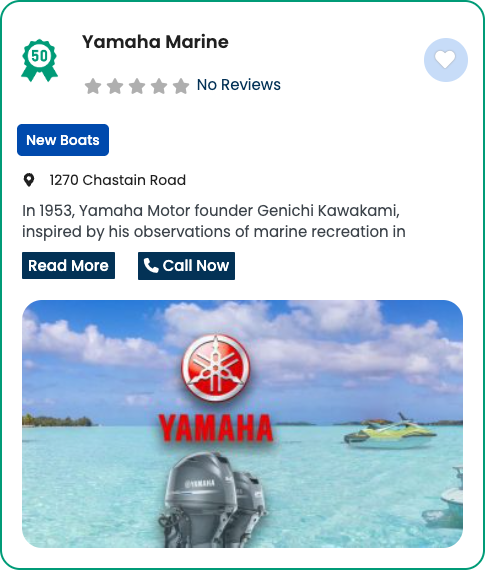
Gloucester Schooner Festival 2024
August 20, 2024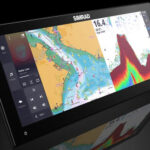
Simrad NSX Ultrawide
August 21, 2024
Welcome to Moosehead Lake
From fishing and hiking to kayaking and rafting, there are so many ways to enjoy Maine’s largest lake and surrounding countryside that it would take an entire summer to sample them all.
MOOSEHEAD LAKE'S STORY
The first thing visiting boaters need to know about Moosehead Lake is that it’s very big. As such, it demands respect. At roughly 41 miles long by 10 miles wide, Moosehead is the largest inland waterbody in the state, and when the wind blows hard it can stack up some serious seas. Moosehead mariners also need to be aware that there’s no Coast Guard presence on the lake, so they need to be self-sufficient.
With that bit of warning taken care of, let’s move on to the fun stuff. Moosehead is a spectacular place, and it’s remarkably uncrowded for such a large lake. Even during summer you’re not likely to encounter many other boats, especially in the less-developed northern part of the lake. Many days it feels like you have the place to yourself, especially if you tuck into one of the innumerable secluded coves along the shore.
Greenville is the largest town on the lake. Located at the very southern end of Moosehead, the town has served as the gateway to the Moosehead Region since the mid-1800’s. In 1857, transcendentalist writer Henry David Thoreau embarked from the town on a summer-long paddling and hiking sojourn that he later documented in his book, The Maine Woods. Today, Greenville remains the best place to get one’s bearings and stock up on supplies before hitting the water or venturing into the surrounding wilderness.
The town features a handful of restaurants and shops, as well as a large grocery store, a bank, a hospital, a seaplane base, and the small but intriguing Moosehead Marine Museum. The restored steamship Katahdin (aka “The Kate”) is berthed next to the museum, and you can enjoy a tour of the lake aboard the venerable vessel, which once ferried guests to and from the grand Kineo House Resort and hauled log booms across Moosehead until 1975.
The Katahdin is the last of Moosehead’s steamships still afloat. Dozens of these wooden workhorse vessels once plied the lake from the mid-1800’s through the early 1900’s, until other forms of transportation made them obsolete. Many were scuttled in the nearby waters, and their remains can be viewed by divers and snorkelers.
In terms of where to launch your boat on Moosehead, there are several options. Public launch ramps with ample parking can be found in Greenville Junction, Rockwood (western shore), and Lily Bay State Park (eastern shore). There is a fee to launch at Lily Bay, which also offers free dockage for its campground guests. Customers at Moosehead Marina can also use their ramp on the Moose River in Rockwood.
If you are looking for a dock-and-dine experience on Moosehead, the options include Kelly’s Landing in Greenville Junction, the Dockside Inn & Tavern in downtown Greenville, The Birches Resort in Rockwood, and Maynard’s of Maine, also in Rockwood, on the Moose River. None of these are fancy places, and no reservations are required.
As mentioned, Moosehead mariners should closely monitor the weather, especially if traveling in a small boat, kayak, or canoe. That said, Moosehead’s many islands and coves provide good protection in most conditions, along with myriad sheltered places to pursue watersports activities, fish, or go ashore for a picnic or a swim.
Kayaking, canoeing, and paddleboarding can be enjoyed throughout the lake, but of particular interest is the network of small islands and shallow coves comprising Lily Bay, on the eastern side of Moosehead. Many of the islands are uninhabited, and some feature course-sand beaches perfect for beaching a small craft or taking a swim. This is also a good area to encounter feeding moose, especially at dawn and dusk.
Another recommended boating attraction is Mount Kineo, which rises some 700 feet from the center of the lake. While not a big mountain by Maine standards, Kineo is the country’s largest known mass of rhyolite, a volcanic stone used by the native Wabenaki to craft arrowheads, hatchet heads, and chisels. In the late 1800’s, a grand hotel and a colony of Victorian summer homes built by lumber and railroad barons occupied the Kineo peninsula, which now shelters a magnificent 18-hole public golf course and a lodge, both accessible by boat (shuttle service is available from Rockwood). Private-boaters interested in climbing Kineo can tie up at the landing on the southwestern side of the peninsula and make the easy hike to the summit for panoramic views of the lake and surrounding countryside.
The view of Kineo from the water is equally impressive. The mountain’s southeast face rises abruptly from 75 feet of water, allowing boaters to cruise within a few feet of its imposing cliff face. Just a few hundred feet from shore, the depth drops to over 200 feet. One can only imagine the massive lake trout that must lurk in such a hole!
Indeed, Moosehead is famous for its “lakers,” also called “togue,” and specimens up to 29 pounds have been taken from its waters. Landlocked salmon also patrol the lake, typically preying on schools of smelt. In spring, the salmon can be taken near the surface on spoons and flies, but move deeper once the water warms. During summer and fall, most trout and salmon are caught on leadcore line or downrigger gear, requiring the use of a depthsounder and chart plotter. Local guides can help those who need a leg up on the proper technique.
Moosehead also boasts a robust population of smallmouth bass, which hold near the lake’s shallower ledges, rock piles, drop-offs, and dock pilings. In summer, they can be taken on soft-plastic worms, spoons, shiners, and jigs fished near structure. If you simply want to catch some panfish with the kids, break out the bobber-fishing gear and soak some worms in the shallow, protected coves for perch, bluegills, sunfish, chub, and pickerel.
Another noteworthy feature of Moosehead is its series of free wilderness campsites that are accessible only by water. Three can found on Farm Island, a 980-acre wildlife preserve just north of the Moose River. The island features hiking trails and lakeside campsites with picnic tables, fire rings, and a nearby latrine. Best of all, the sites are accessible only by boat and available at no cost on a first-come, first-served basis. Similar wilderness sites are located on Sugar Island, Moose Island, the Kineo peninsula, Spencer Bay, and along the northern lakeshore.
If boat-camping isn’t your thing, not to fear, as the Moosehead Region is also home to modern, upscale accommodations. Among the fancier spots are the Blair Hill Inn and the Greenville Inn, but there are also numerous bed-and-breakfast options and more rustic sporting lodges and housekeeping cabins to choose from.
So whether you’re looking for a back-to-nature experience or a more pampered vacation, you’re sure to find something to your liking in the beautiful Moosehead Region!
MOOSEHEAD LAKE GALLERY
Written & Photographed by Tom Richardson
A Massachusetts native and past editor of New England Boating & Fishing, Tom has spent time working for Salt Water Sportsman, Offshore Magazine and was a founder of BoatingLocal. You can now find Tom as the Host, Executive Producer at Explore New England TV.


